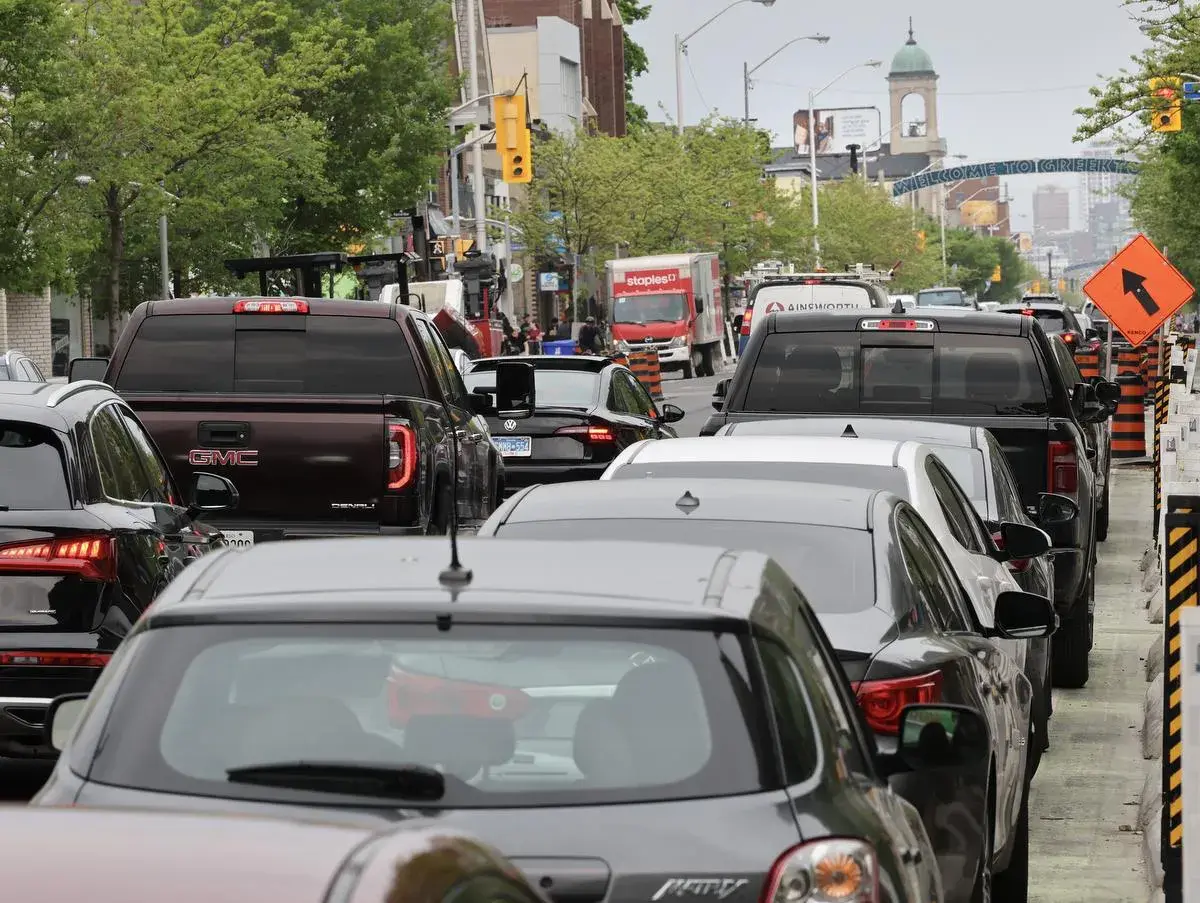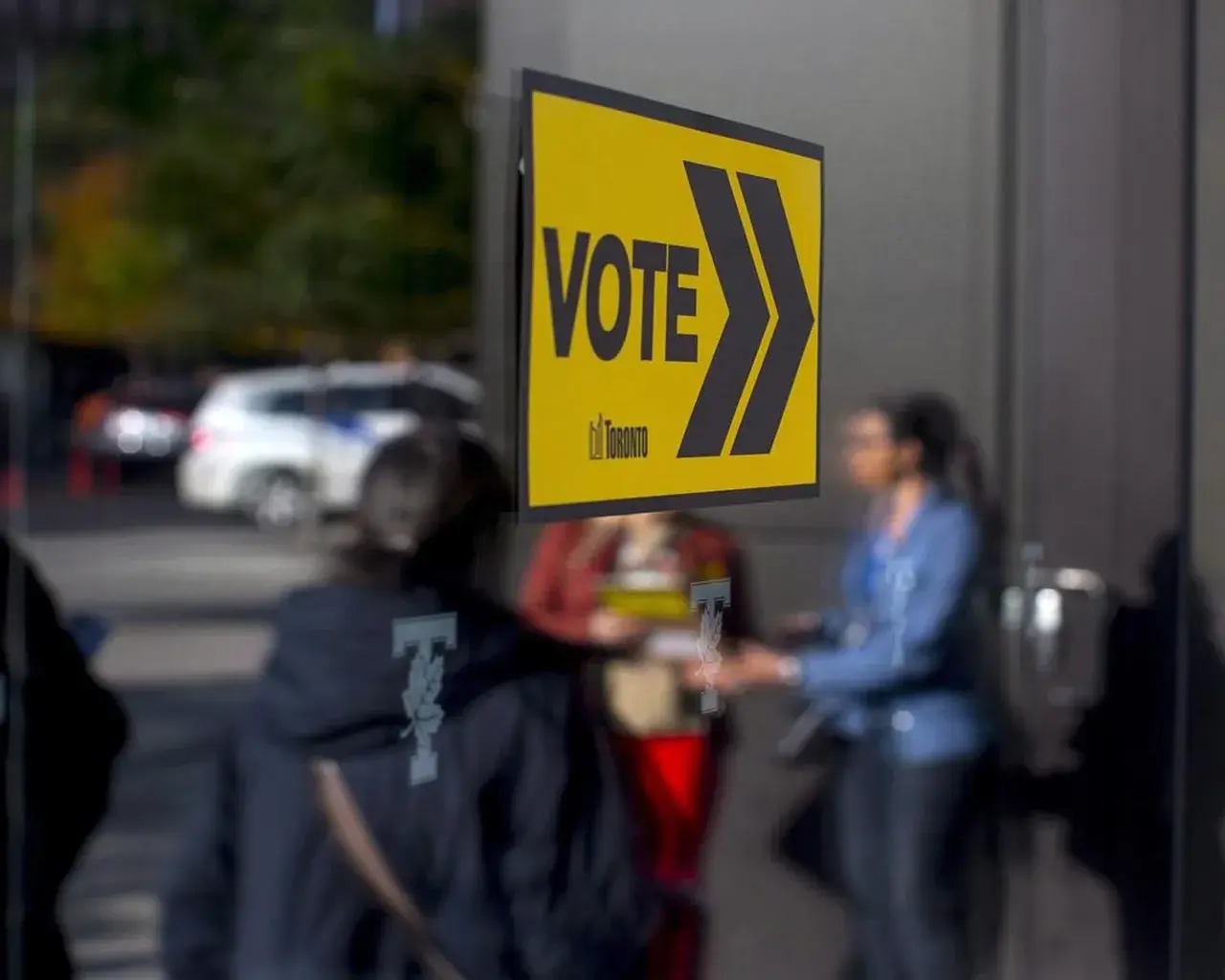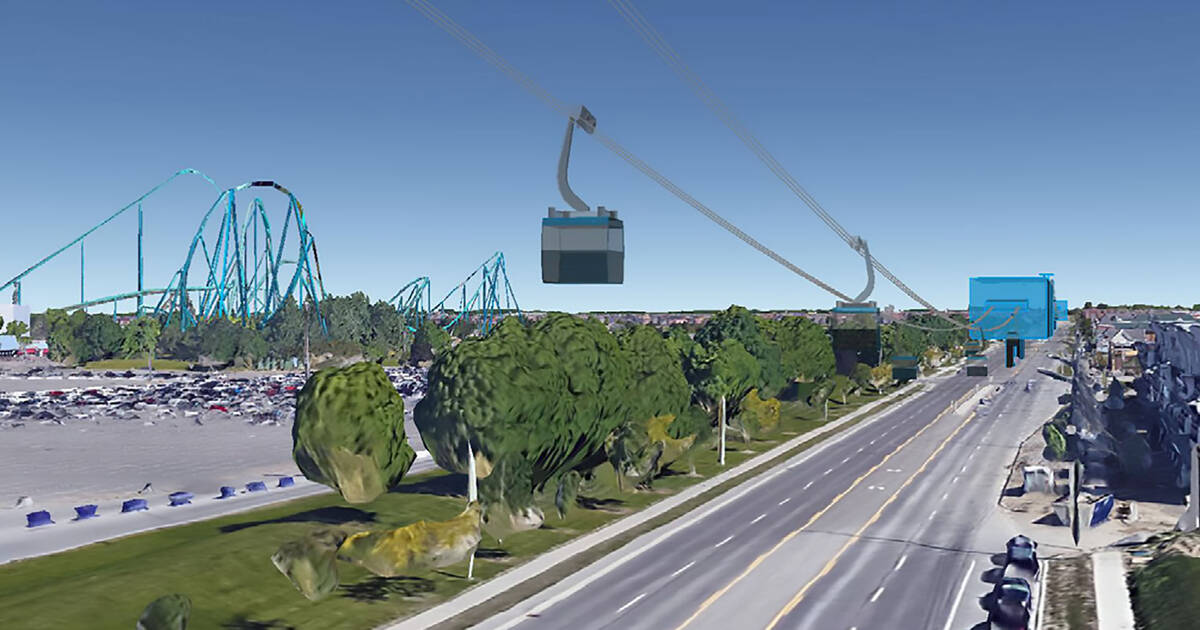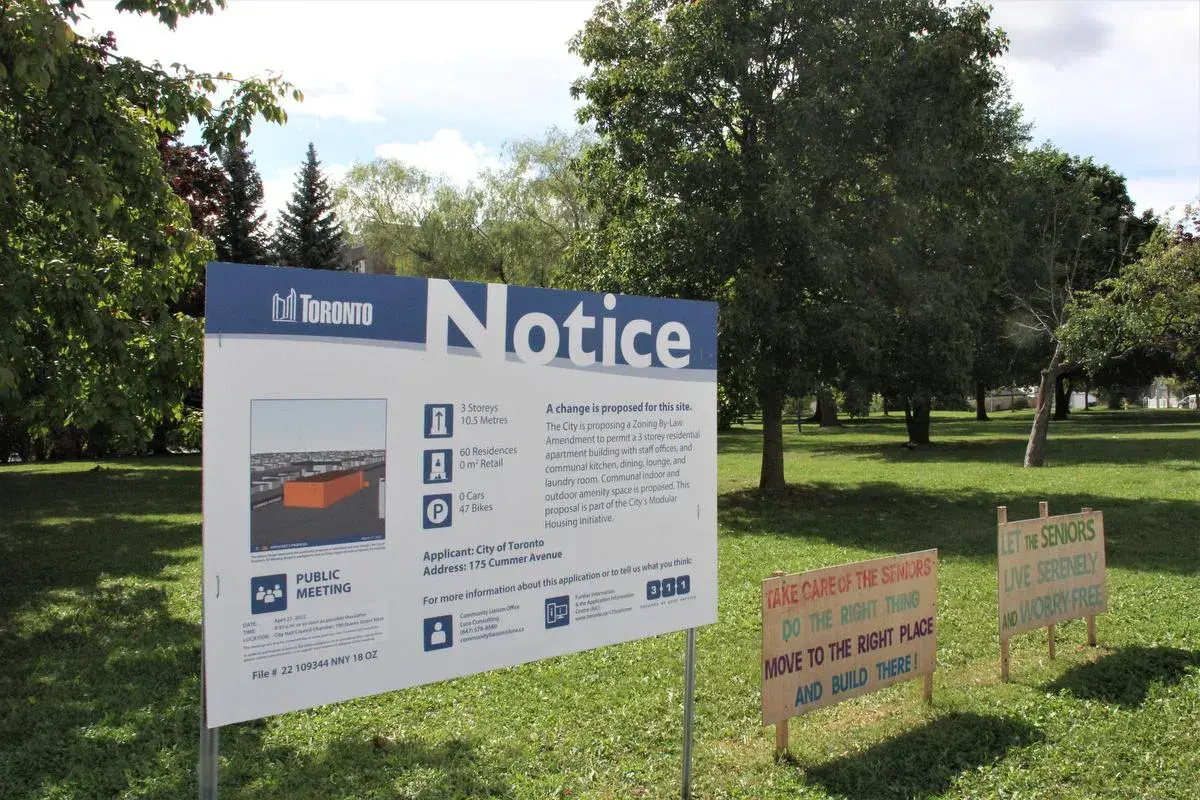- 13 Posts
- 11 Comments

 3·1 year ago
3·1 year agoThe whole argument around induced demand is that people have a certain ‘tolerance’ when choosing a mode of transportation, and if an option becomes intolerable then they’ll switch modes to a more tolerable option or forego trips entirely. If enough people mode shift to public transit and cycling then driving becomes faster and some people will switch back to driving or drive for more trips they otherwise wouldn’t take until an equilibrium is once again reached between speed and tolerance, so the author’s argument is the only way to ensure this equilibrium is reached at speeds that drivers desire is to reduce the number of people in the city overall.
Since this isn’t a realistic option, the author argues that ‘fixing traffic’ needs to be re-framed as ‘improving the quality of life for people.’ As long as politicians are obsessed with ‘fixing traffic’ via increasing car speeds and reducing delays for drivers things like cycle tracks and transit lanes are a political albatross around their neck, but if politicians instead frame the objective as improving the quality of life for people moving around the city then things like building more transit lanes, cycle tracks, pedestrianized streets, etc. become more reasonable and justifiable.

 7·1 year ago
7·1 year agoIt does highlight how the entire argument around ‘fixing congestion’ needs to be re-framed. If the goal is just to ensure that cars can drive quickly through the city then the only way to guarantee that is to reduce the number of people who want to move around the city by tanking the economy and ensuring nobody wants to live or work here anymore.
If the argument is re-framed to ‘improve the quality of life for people moving around the city’ then suddenly options that move more people in a more pleasant manner become more palatable, even if that improvement comes at the expense of personal vehicles moving slowly. IMO nearly every lane with a streetcar track should forbid personal vehicles, and more of our overly wide roads in the outer suburbs should convert a lane in each direction to a dedicated transit lane, but as long as the focus is on improving car speeds and reducing car trip times these options are dead in the water because they’ll make ‘congestion’ worse.

 3·1 year ago
3·1 year agoCoroners must first win a constitutional challenge to even regain the right to unionize. I assumed that coroners were a salaried position but this article clarifies that they’re treated more like doctors and are paid via piecework rather than receiving a stable income.

 5·1 year ago
5·1 year agoIn Saunders’s picture showing how bad the King Street transit lane is affecting traffic on an early Sunday morning there are 2 cars. Perhaps if we re-opened King Street we could pump that up to 3, or possibly even 4 cars early on Sunday morning, and finally fix traffic on quiet Sunday mornings!

 3·1 year ago
3·1 year agoEarly voting has wrapped up. If you haven’t cast an advanced vote your final opportunity will be on the day of the election, June 26.

 3·1 year ago
3·1 year agoWhat’s going on with the patio program this year? A nearby coffee shop/bakery is trying to re-open a patio that’s been used in the past by previous tenants at their location but which hasn’t been used in the past few years and, despite putting in their application months ago, they still haven’t heard a response one way or another. The sidewalk is wide, the space is marked out with pre-amalgamation Metropolitan Toronto cement bollards, yet it takes the city more than 2 months to even consider their application?

 8·1 year ago
8·1 year agoWell it’s not great. That $22.6 billion comes from not committing funding to any one thing and sticking it in a contingency fund. Since those funds aren’t earmarked for any particular program services that rely on government funding have difficulties planning for the long term when funding relies on the largesse of the government in any particular year and those generous gifts can be taken away and bestowed to somebody else in the next calendar year. It makes programs reliant on being in the government’s good graces and hopeful that funding their program advances the government’s goals, much like nobles of old backstabbing each other to stay in a monarch’s good graces.

 9·1 year ago
9·1 year agoYet another engineering firm’s proposal to fix traffic amounts to private pods in the sky. While I do think that Wonderland needs a high-order transit connection, I can’t help but think if those wires were closer to the ground, electrified, and positioned over a tram track they would provide much higher throughput, utility, flexibility, and all-weather reliability than gondolas.

 41·1 year ago
41·1 year agoHrm, refusing to say what the charges are and makes a big campaign stop out of the ordeal? I think a better headline would be “Wannabe martyr pretends to be arrested to raise his social standing amongst his wannabe martyr followers.”

 3·1 year ago
3·1 year agoI can’t believe this Willowdale modular housing project is still in limbo. An MPP and a councilor have delayed this project for years, despite the modules being purchased and ready to erect, and the city is currently paying $77k/month for storage while NIMBYs come up with new arguments why the project should be further delayed or cancelled.




Cheng’s latest round of delay tactics were rejected by council.